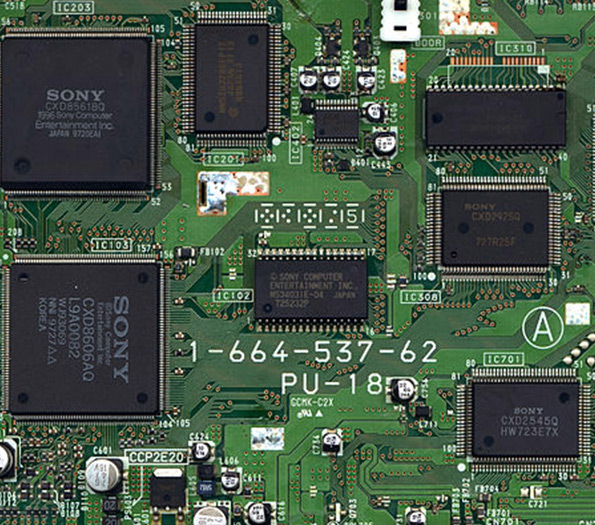

Exploring the Allure of Bronze Low-E Glass
In the dynamic world of architectural design and energy efficiency, one of the standout materials making waves is bronze low-emissivity (Low-E) glass. This innovative glazing solution not only enhances the aesthetic appeal of buildings but also significantly contributes to energy savings and environmental sustainability. In this article, we will delve into the characteristics, benefits, and applications of bronze low-E glass, shedding light on why it is becoming a popular choice among architects and builders.
*What is Bronze Low-E Glass?*
Bronze low-E glass is a type of insulated glass that features a thin, transparent coating, comprising metallic oxides, which reflects thermal radiation. The bronze refers to the distinctive tint that gives the glass its warm appearance, while the low-E signifies its low emissivity properties. This coating allows the glass to admit visible light while reflecting infrared radiation, enabling buildings to remain cooler in the summer and warmer in the winter.
*The Aesthetic Appeal*
One of the first things people notice about bronze low-E glass is its elegant appearance. The rich, bronze tint adds a touch of sophistication and can complement a variety of architectural styles. Whether it’s a modern office building, a chic residential home, or even a historical restoration, bronze low-E glass provides a sleek and contemporary look while seamlessly integrating into the overall design. This stylish finish not only enhances the exterior but also creates a warm and inviting ambiance within the interiors.
*Energy Efficiency*

The most compelling reason to choose bronze low-E glass is its energy-efficient properties. Buildings consume a significant amount of energy for heating and cooling, and window performance plays a crucial role in reducing these costs. The low-E coating minimizes heat transfer, thereby improving insulation. During the summer months, it reflects unwanted solar heat, keeping indoor spaces cooler. In winter, it retains warmth, reducing the reliance on heating systems. Studies show that using low-E glass can lead to substantial savings on energy bills, making it an economically wise choice for homeowners and businesses alike.
*Environmental Impact*
As climate change becomes an increasing concern, eco-friendly construction materials are more critical than ever. Bronze low-E glass contributes to sustainability by reducing energy consumption, which in turn lowers greenhouse gas emissions. Moreover, many manufacturers adhere to environmentally responsible practices when producing low-E glass, ensuring that it meets strict environmental standards.
*Applications*
Bronze low-E glass’s versatility makes it suitable for various applications. It is an ideal choice for both residential windows and commercial facades. In high-rise buildings, its reflective properties can reduce glare and heat in urban environments, contributing to a more comfortable indoor atmosphere. In residential settings, homeowners appreciate the balance of light and privacy that bronze low-E glass provides.
*Conclusion*
In summary, bronze low-E glass stands at the intersection of beauty, efficiency, and sustainability. Its aesthetic appeal makes it a desirable choice for architects and designers, while its energy-efficient properties offer substantial cost savings and environmental benefits. As the demand for sustainable building materials continues to grow, bronze low-E glass is poised to become an enduring favorite in the architectural world, providing an elegant solution for modern living. Embracing such innovative materials not only enhances our built environment but also contributes to a healthier planet for future generations.